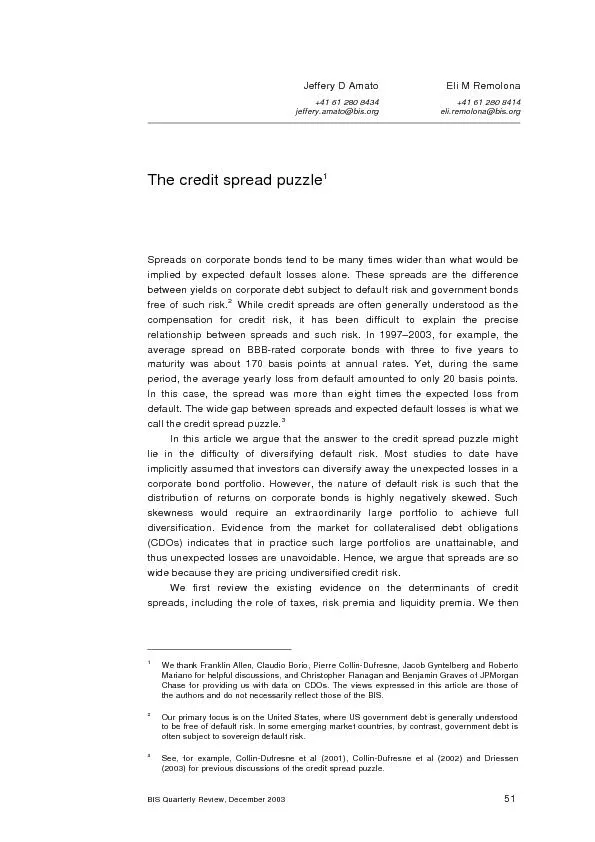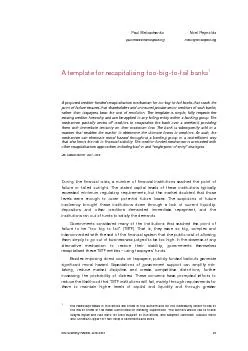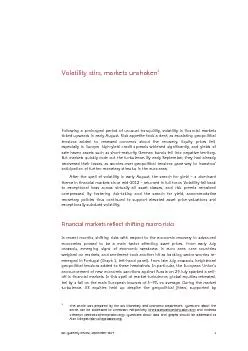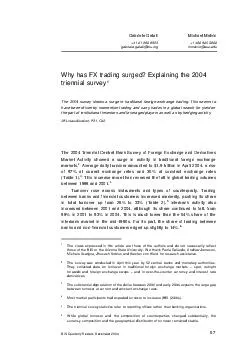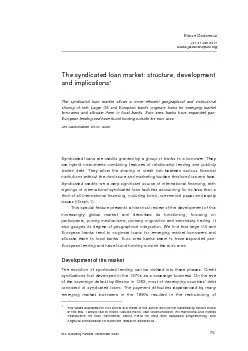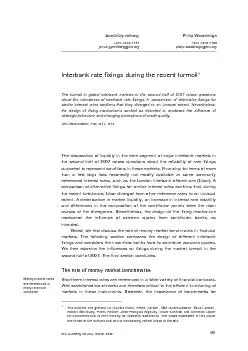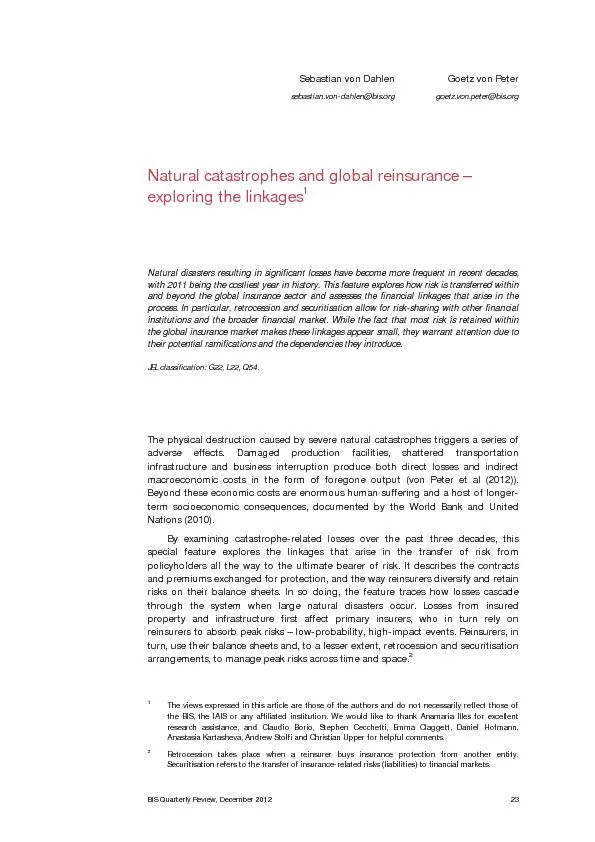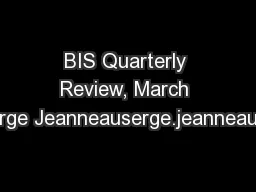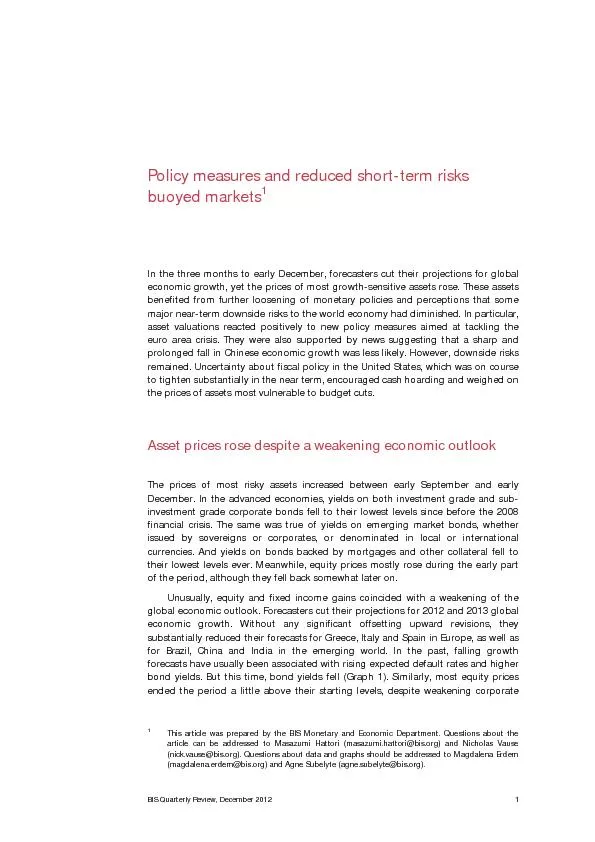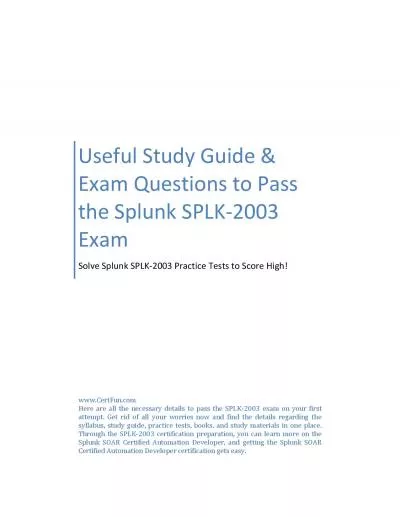PDF-BIS Quarterly Review, December 2003 Jeffery D Amato+41 61 280 8434jef
Author : olivia-moreira | Published Date : 2016-08-06
Spreads on corporate bonds tend to be many times wider than what would be implied by expected default losses alone These spreads are the difference between yields
Presentation Embed Code
Download Presentation
Download Presentation The PPT/PDF document "BIS Quarterly Review, December 2003 Jef..." is the property of its rightful owner. Permission is granted to download and print the materials on this website for personal, non-commercial use only, and to display it on your personal computer provided you do not modify the materials and that you retain all copyright notices contained in the materials. By downloading content from our website, you accept the terms of this agreement.
BIS Quarterly Review, December 2003 Jeffery D Amato+41 61 280 8434jef: Transcript
Download Rules Of Document
"BIS Quarterly Review, December 2003 Jeffery D Amato+41 61 280 8434jef"The content belongs to its owner. You may download and print it for personal use, without modification, and keep all copyright notices. By downloading, you agree to these terms.
Related Documents

